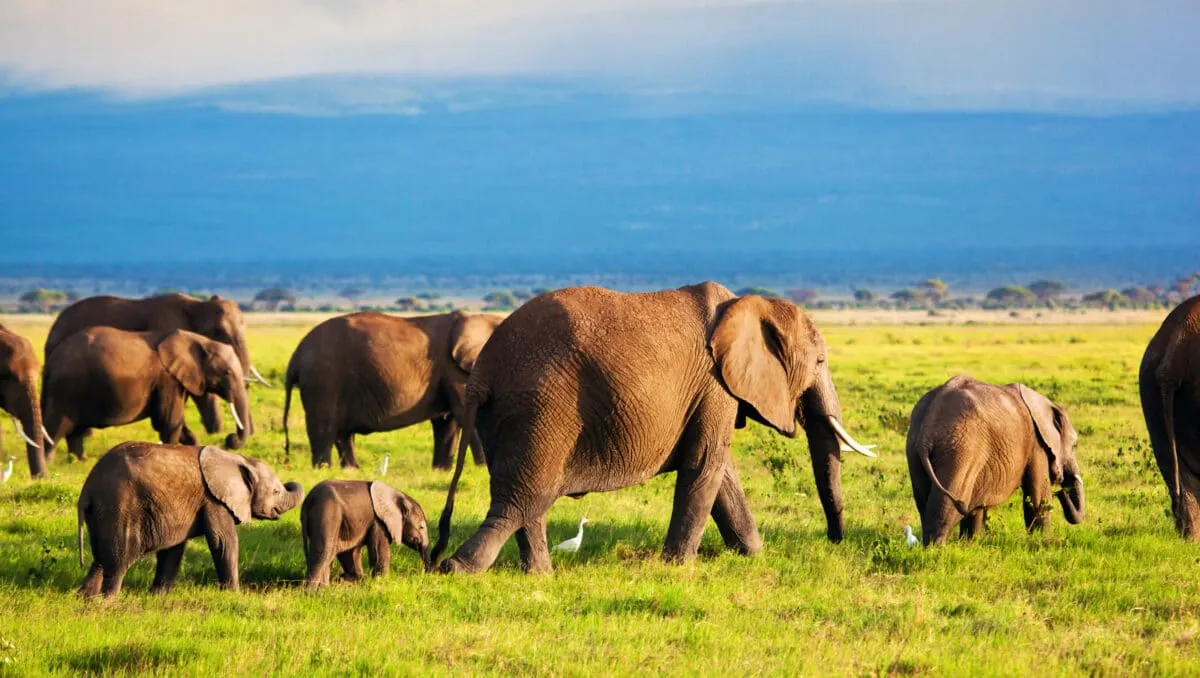The most social species in the world is the African Elephant – let’s uncover their intriguing means of communication.
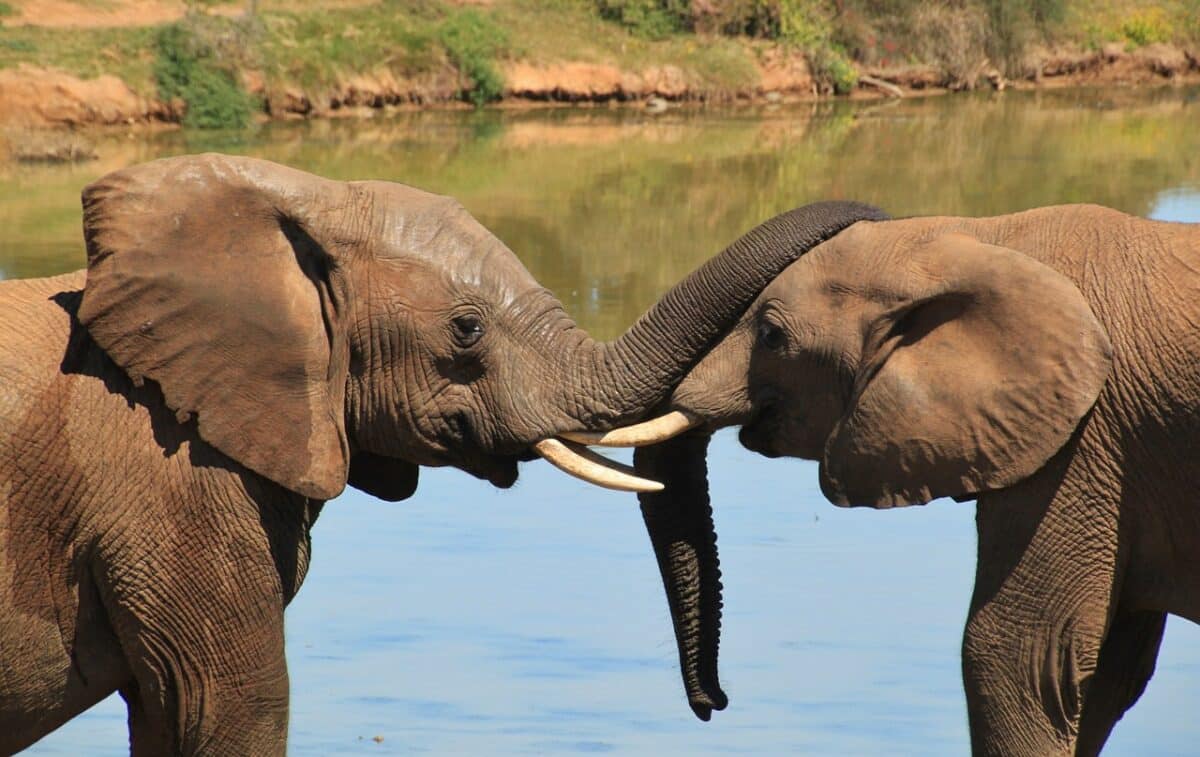
Are you intrigued by the fascinating world of African elephants and want to learn more about these majestic creatures? If so, you’ve come to the right place! African elephants are unique animals with their large size, impressive tusks, and unusual social behavior.
Join us as we discover the most social species – a glimpse into an incredible mammal that continues to amaze us with its behaviors and interactions.
Key Points
- African elephants have complex social structures with deep emotional bonds.
- Herds are matriarch-led and show care for their kin, even after separation.
- Elephants communicate using vocal, tactile, seismic, visual, and chemical methods.
- As “ecosystem engineers”, elephants greatly shape their environment and influence other species.
- Threats include poaching, habitat loss, and climate change, necessitating focused conservation efforts.
An Overview of the Most Social Species!
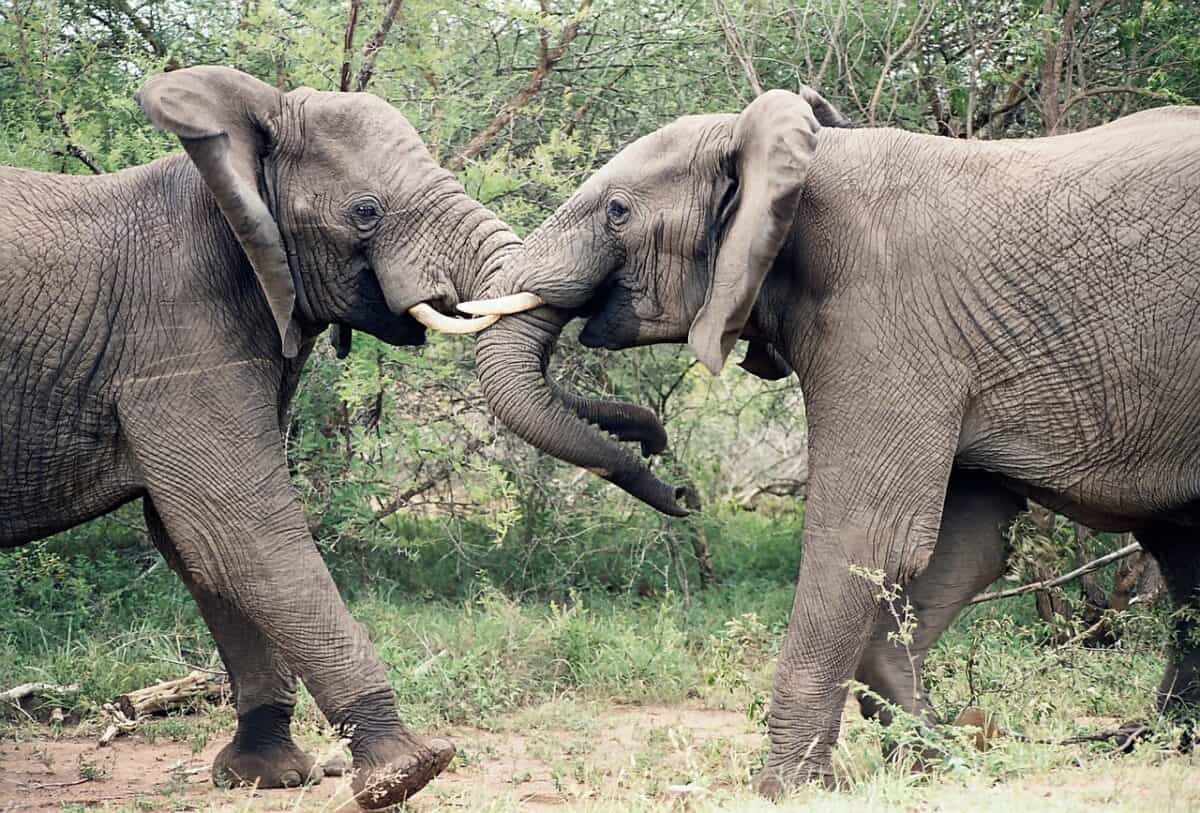
| Trait | |
|---|---|
| Size (Height) | Males: up to 10-13 feet; Females: up to 7-9 feet |
| Weight | Males: up to 12,000-14,000 lbs; Females: up to 5,000-7,000 lbs |
| Diet | Herbivorous (Grasses, leaves, bark, fruit, shrubs, and tree branches) |
| Habitat | Savannas, forests, and deserts across Sub-Saharan Africa |
| Conservation Status | Vulnerable (as per IUCN Red List, 2021) |
| Lifespan | Up to 60-70 years in the wild |
Introducing the Most Social Species – African Elephants
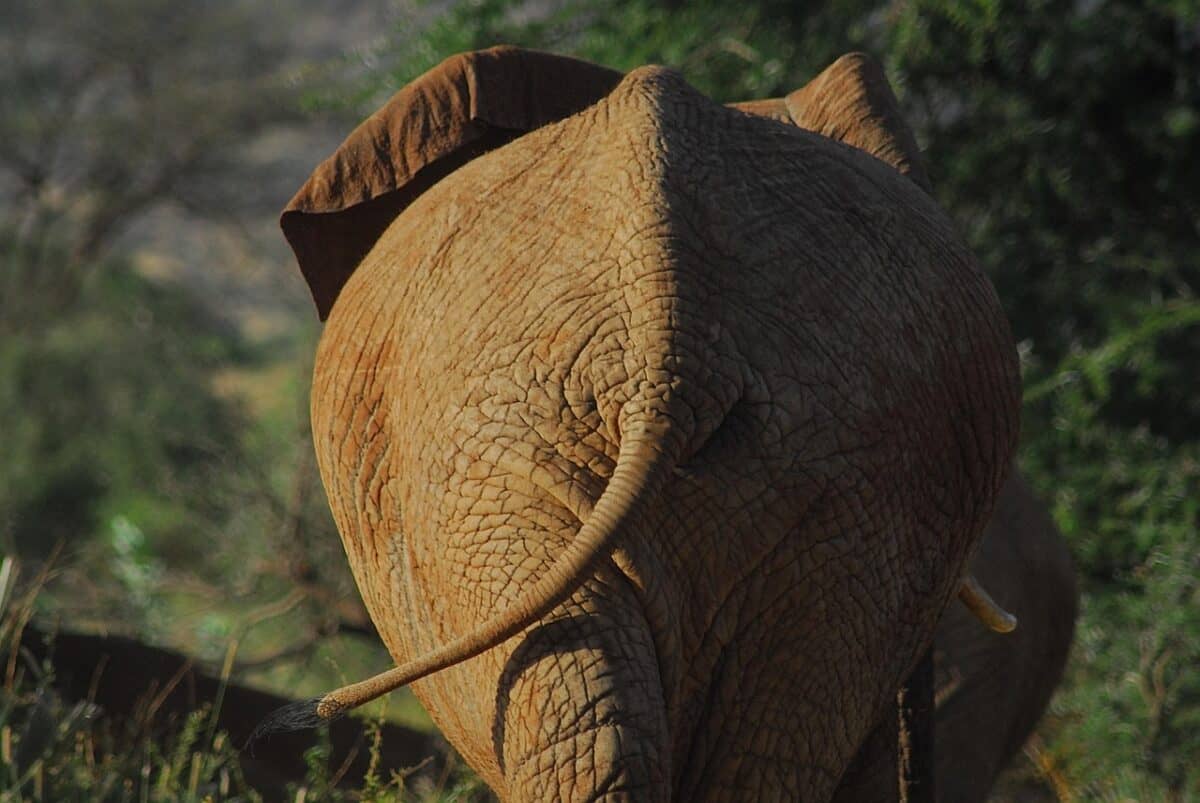
African elephants are one of the most fascinating species of animals on the planet. These gentle giants have captured the hearts and imaginations of millions of people for generations. As the largest living land mammal, they are a spectacle to behold.
But it’s not just their size that makes them so remarkable; elephants are incredibly social creatures. They form deep bonds with their family members, often staying together for their entire lives.
They also have a complex communication system, using a range of vocalizations, body language, and even vibrations through the ground for communication with each other. It’s no wonder that humans have studied the African elephant for centuries, never ceasing to be amazed by their capabilities.
Other record-breaking mammals include the flying fox (the largest bat) and the giraffe (the tallest mammal).
Why Are African Elephants Socially Unique?
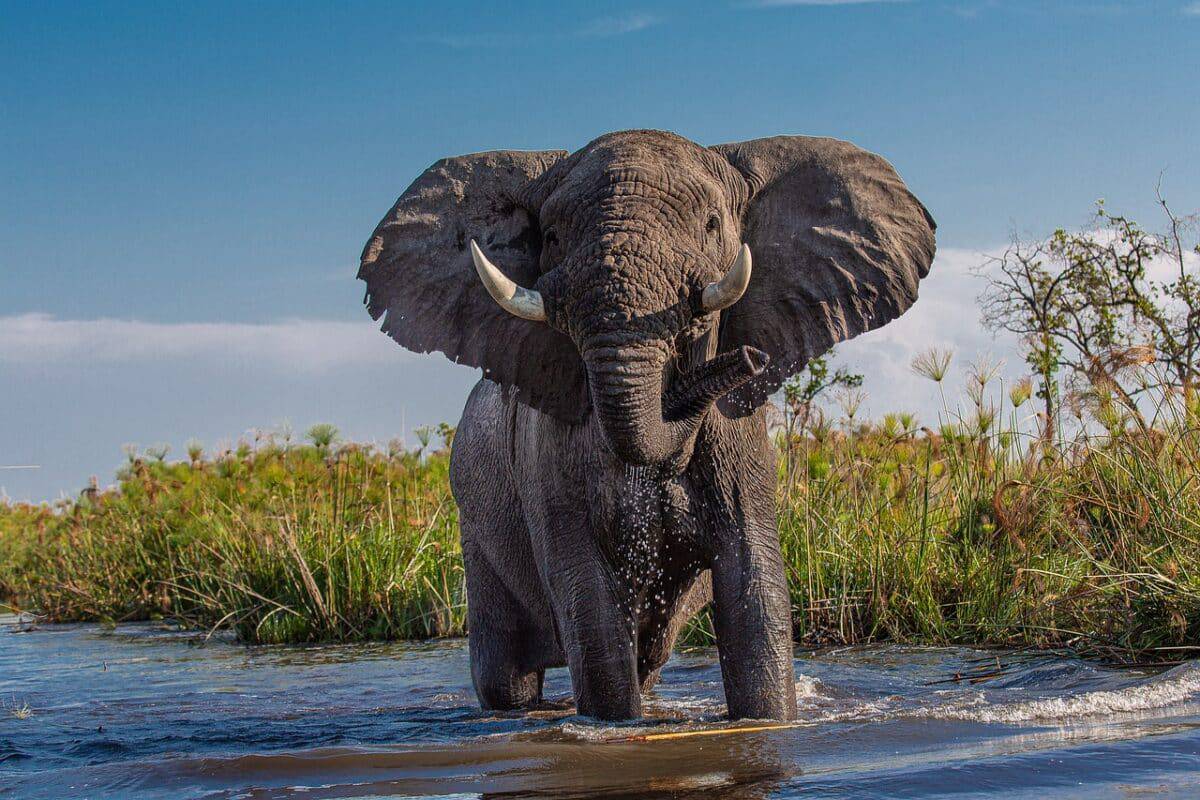
African elephants are truly fascinating creatures, and one of the most intriguing aspects of their behavior is their unique social structures.
Unlike many other species, African elephants have tight-knit family groups that stick together through thick and thin. These groups are so cohesive that they even mourn their dead and celebrate births in a way reminiscent of human culture.
The impressive social skills of African elephants extend beyond their immediate family units, as they also form complex relationships with other elephant groups and even with other species, such as giraffes or zebras.
All in all, the social lives of African elephants are a testament to the power of community and the importance of solid relationships in the animal kingdom.
The Complex Family Structure of African Elephants
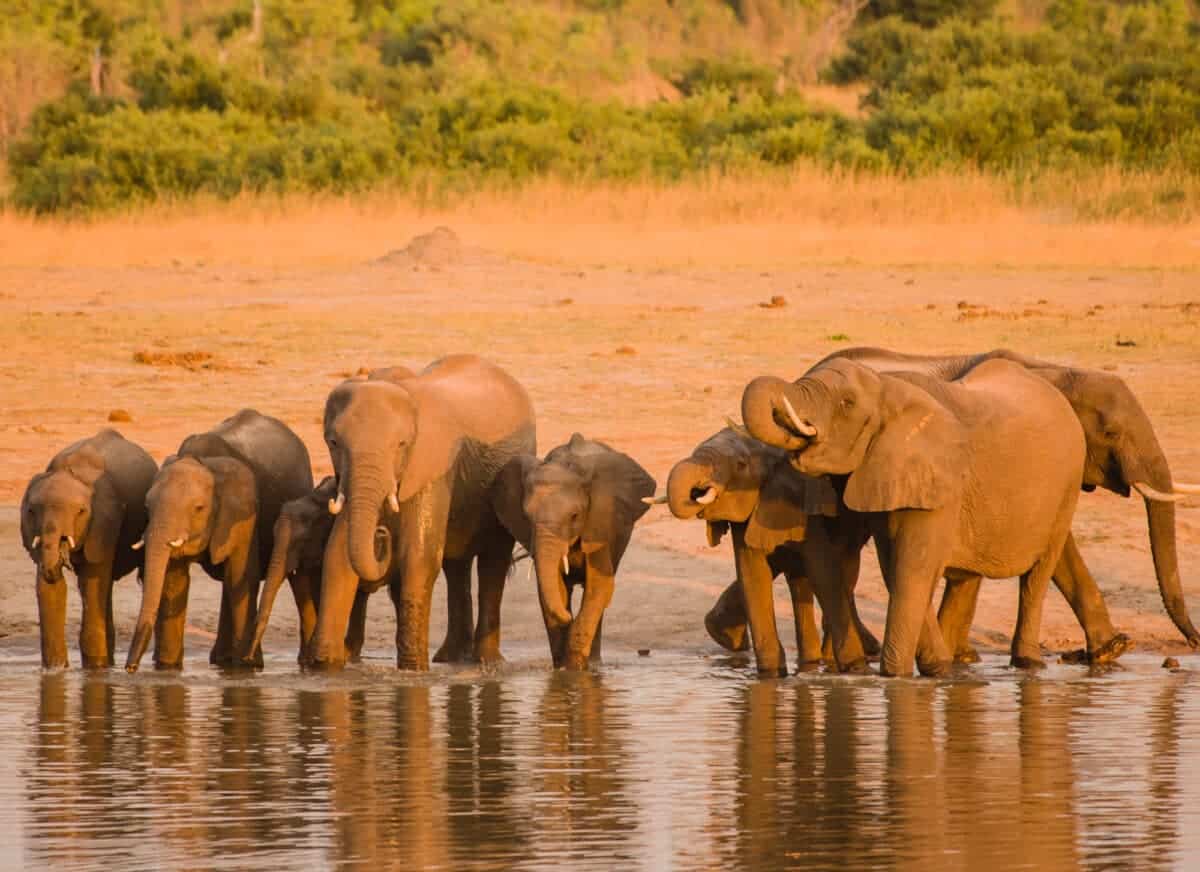
African elephants are not only majestic creatures but also have a complex family structure that is fascinating to study.
Their family groups, herds, are typically led by a matriarch, an experienced older female. Elephants mourn the loss of their family members, just like we humans do, especially the death of a matriarch. This is only one of many reasons why they are deemed the most social species in the world.
When a new member is born, the other herd members come together to assist in nurturing and caring. Elephants can recognize their family members even after they’ve been separated for many years.
It shows that their solid social bonds are as important to them as finding food and water in their natural habitat. Studying the complex family structure of African elephants allows us to gain a deeper understanding of these intelligent and social animals.
How African Elephants Interact and Communicate With One Another
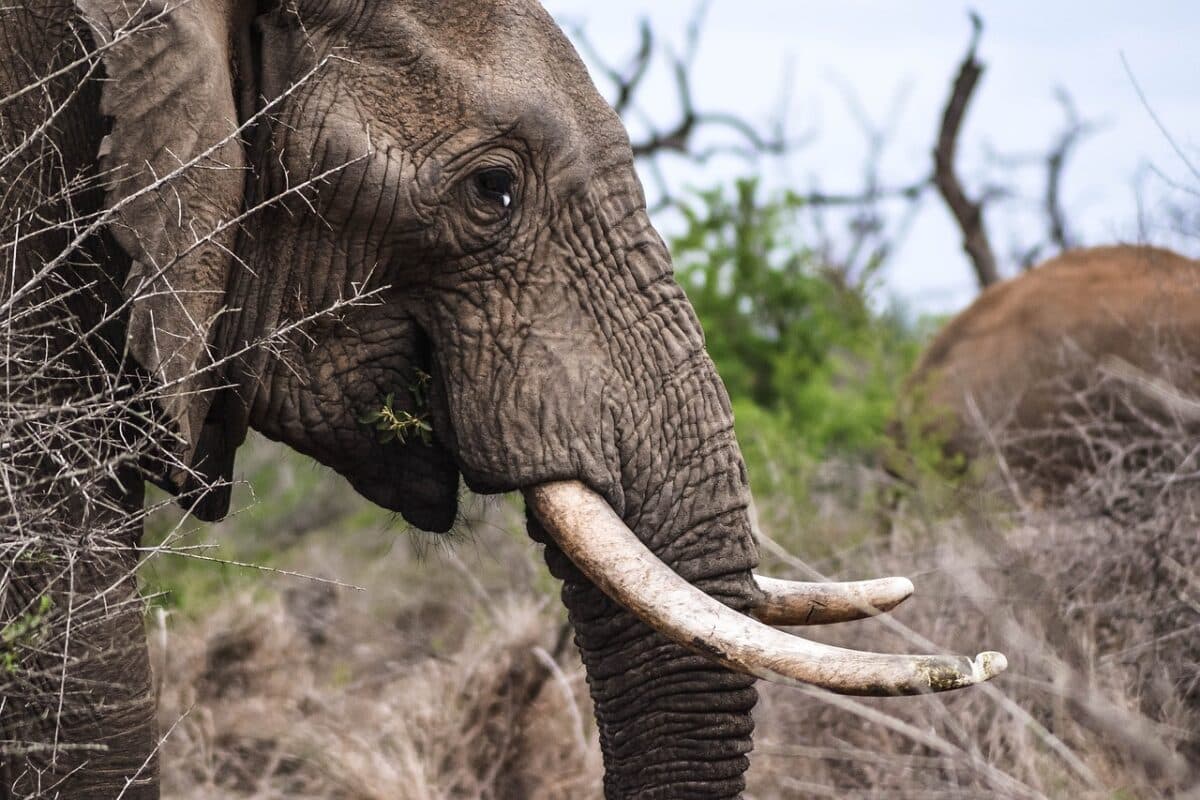
#1 Vocalizations
Elephants are renowned for their vocal communication, including trumpeting, rumbles, roars, barks, and even snorts. Each sound conveys a different meaning. Trumpeting, which is a loud, brassy, trumpet-like call, is usually an expression of excitement, anger, or fear. Lower-frequency rumbles, often inaudible to the human ear, can communicate a range of information, from greetings to distress calls, and these sounds can travel long distances.
#2 Tactile Communication
Physical touch is a significant part of elephant communication. Elephants will often greet each other by entwining their trunks or giving each other gentle bumps. Mothers and calves are often seen nuzzling each other for comfort and reassurance. They may also use physical contact to establish dominance or to offer consolation.
#3 Seismic Communication
Elephants also use seismic communication, which involves generating low-frequency vibrations in the ground by pounding their feet or hitting the ground with their trunks. These vibrations can be sensed by other elephants through the sensitive cells in their feet, providing them with information about the direction and distance of the elephant that produced the signal.
#4 Visual Signals
Elephants use a variety of body movements and postures to convey messages. For example, an elephant might signal aggression by raising its head and spreading its ears. A submissive or scared elephant, on the other hand, might tuck its tail and lower its ears and head. Trunk movements also convey a lot of information. For example, an extended trunk can be a sign of curiosity, while a curled or tucked trunk can indicate tension or distress.
#5 Chemical Signals
Elephants use olfactory (smell) and taste cues for communication. They possess a highly developed sense of smell, which they use to identify individuals, detect predators, or find potential mates. Females in estrus, for example, secrete specific pheromones that males can detect from a distance. Also, elephants often taste the urine of their peers to get important information about their reproductive status or social rank.
Why Are African Elephants Such An Important Part of Their Ecosystems?
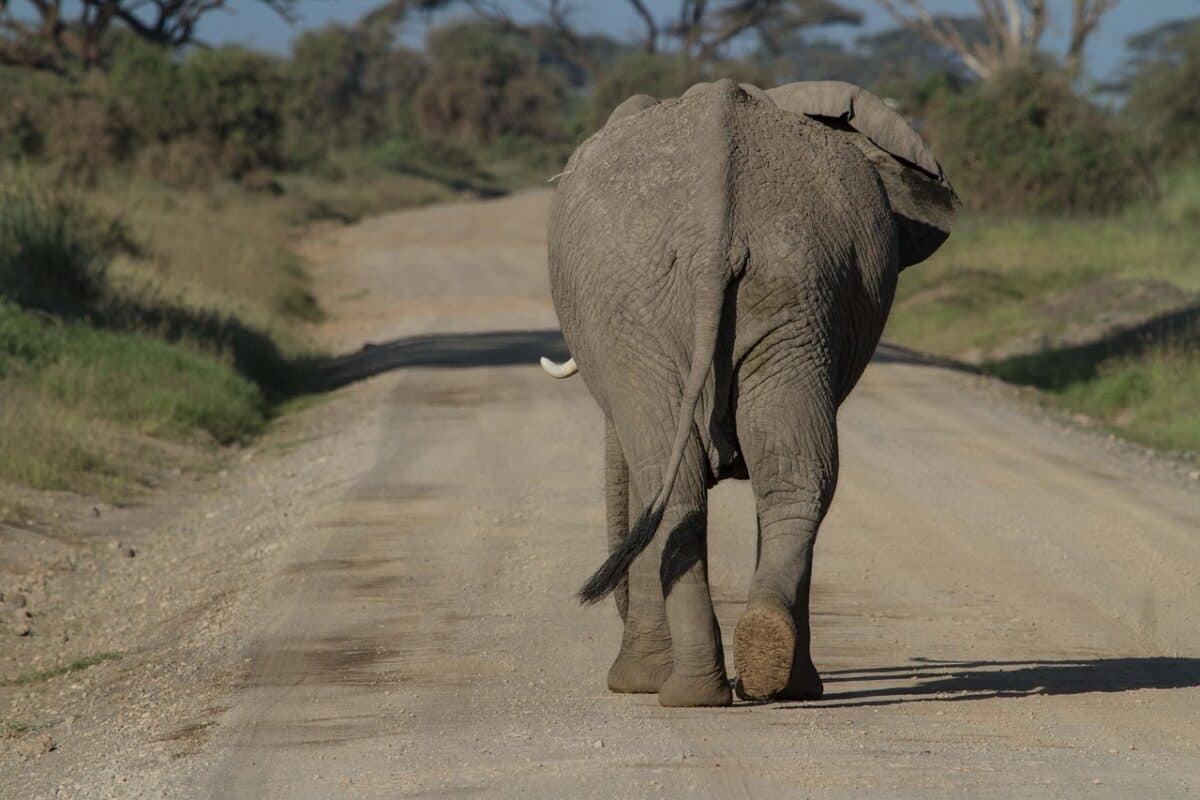
African Elephants are simply magnificent animals that play a crucial role in the ecosystems they live in. These majestic creatures are known as “ecosystem engineers” because they extensively shape and affect the environment around them – much more than any other species. This is mostly due to their massive size but also because of their behaviors.
For instance, they disperse seeds and help to maintain the vegetation by breaking down trees. This promotes a healthy environment and ecosystem since other animals can feed on the foliage.
Furthermore, African Elephants are an integral part of the food chain in these areas. They are the primary consumers, which means their feeding habits influence the numbers of other animal populations.
When we look at the bigger picture, African Elephants significantly impact the entire ecosystem — it would be almost impossible to imagine a world without them. We need to do everything we can to protect them and preserve them for generations to come.
Threats Facing the African Elephant
African elephants have been a symbol of strength, majesty, and resilience for centuries. These gentle giants have captured our imagination with their impressive size, intelligence, and social behavior.
However, due to various threats, their population numbers have rapidly declined in recent years. One of the biggest threats facing African elephant populations today is poaching for ivory. Despite a global ban on the ivory trade, illegal poaching remains rampant in some regions of Africa.
Additionally, habitat loss and fragmentation, human-elephant conflict, and climate change put immense pressure on elephant populations.
To ensure the long-term survival of these incredible animals, we need to take immediate action to protect their habitat, enforce anti-poaching laws, and raise awareness about the importance of conservation.
The Most Social Species: Conclusion
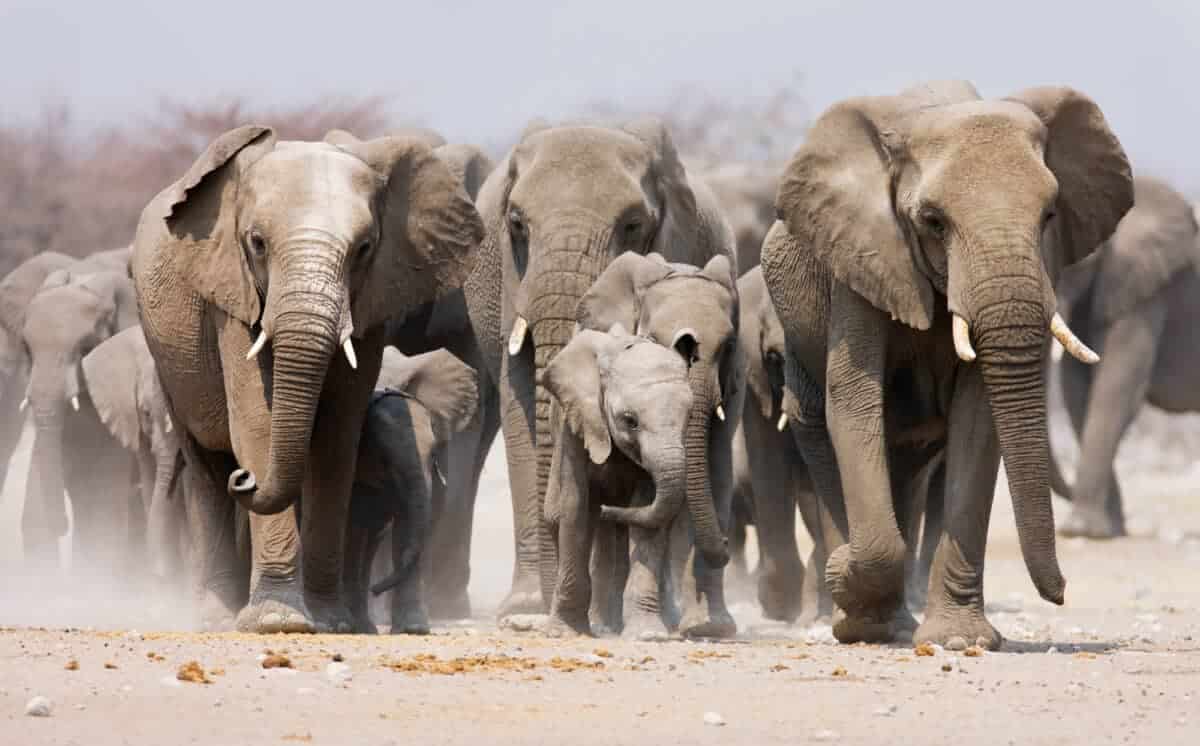
Through our exploration of African elephant socialization, we have seen that this species is truly unique and fascinating.
They can share intense bonds with other elephants. In many ways, elephants behave just like humans do – for example, the way they mourn deceased members of their families. As a society, we are responsible for protecting these creatures and their habitats so everyone can continue to witness their remarkable ability to establish relationships with one another.
It serves as a reminder that we should cherish every moment we can witness these creatures in their natural environment – it is a privilege! Now go out and celebrate these majestic giants and share your newfound understanding of their world with others!
Thank you for reading this article on the most social species in the world!
Join our Forum for free today!


